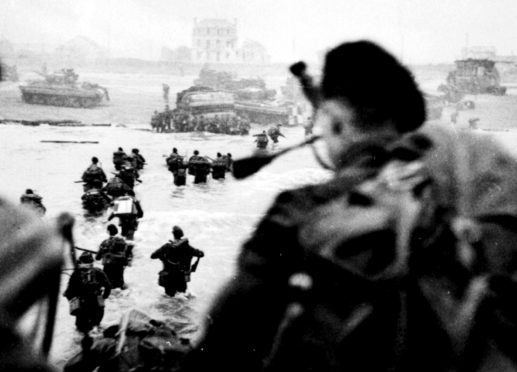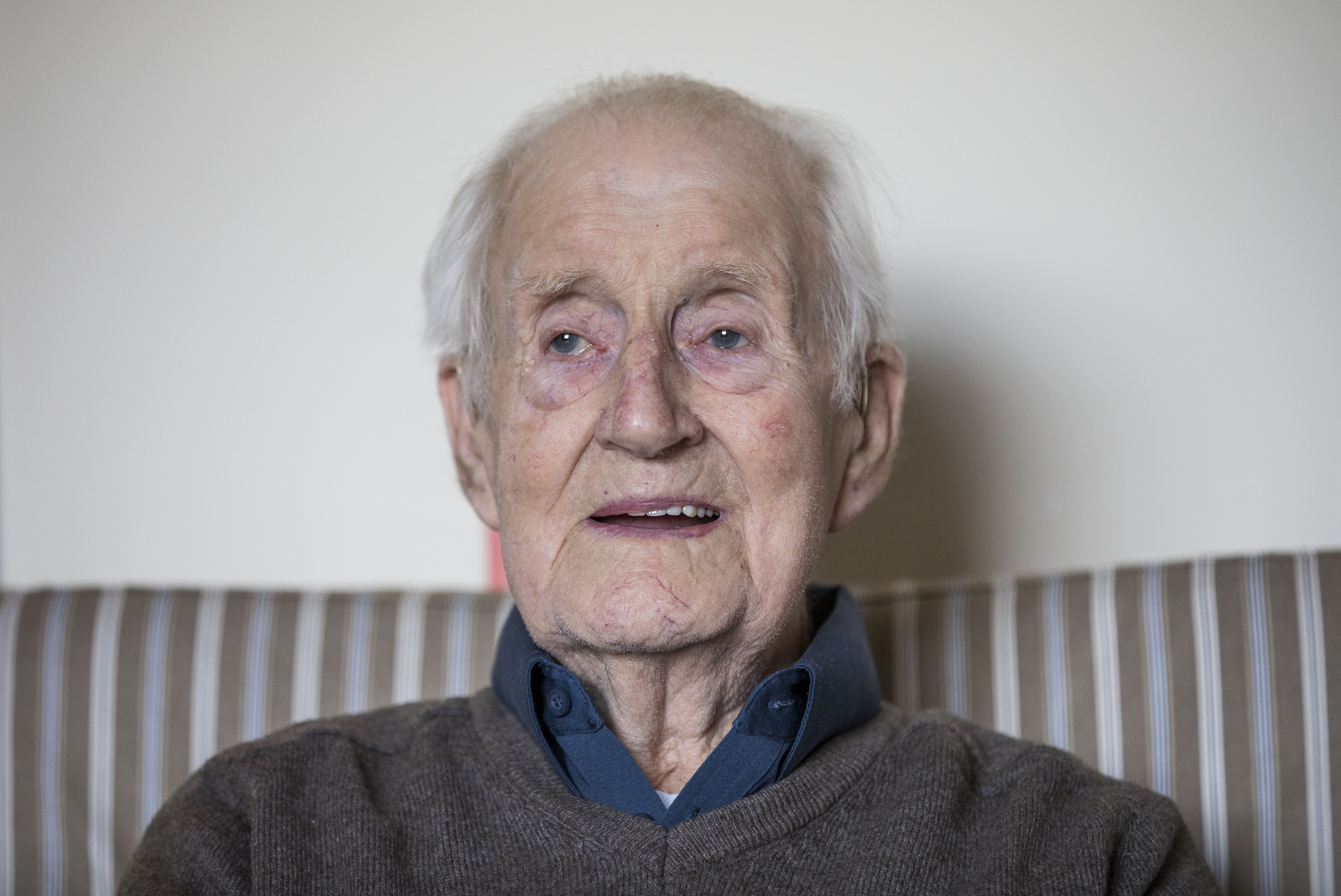
They fought on the beaches and fought on the landing grounds.
But first the thousands of troops had to train with some of the most intensive, important and secret D-Day preparations taking place in Scotland.
As world leaders and veterans prepare to mark the 75th anniversary of D-Day on Thursday, we detail the locations where troops trained in the days before the longest day, June 6, 1944.
Prof Tony Pollard, Glasgow University’s professor of conflict history, said the training was “absolutely critical” in making “one of the most important military operations in history” a success.
While D-Day preparations happened at locations across the UK, some of the most pivotal were in Scotland.
“What we got here is a bit more of the specialist stuff,” continued Tony, who is also presenter of BBC series Two Men In A Trench. “Scotland loaned itself to that.
“It was busy on the south coast of England and we didn’t want to do anything under the noses of potential enemy agents.
“One of the keys to the success of D-Day was the element of surprise.
“To have millions of troops, tanks and ships converge – it was almost impossible to pull it off. It’s amazing, really, that they did.”
It was in Scotland one year earlier that plans for D-Day were hatched.
During a five-day conference at the Hollywood Hotel in Largs, the Ayrshire town used as the Combined Operations headquarters, senior military officials plotted the invasion point of France. Over the next 11 months, the ops of The Longest Day were worked on and drilled again and again.
Every harbour and every beach was a potential location for training.
“One of the most important D-Day sites in Scotland is the Atlantic Wall replica in Sheriffmuir, on the moors just above Dunblane,” said Tony.
“It’s surprising to many people that it is not somewhere near the sea, but the moors were out of the way yet not too secluded for the troops to reach.
“The Atlantic Wall was built from Norway down to the Spanish border.
“The replica was built based on intelligence stolen by a painter and decorator from blueprints he found on a German soldier’s desk.
“He brought the plans back to Britain, hidden in a biscuit tin, via a trawler.”
The replica at Sheriffmuir seems to have remained something of a secret for 70 years, until Dunblane Museum heard of a local man who had been involved in the construction.
He sent a letter to the museum seven years ago, confirming his time in the town.
Now recorded as a historic monument, the training action delivered to the wall is still visible.
“Visit the site at Sheriffmuir today and it’s pot-marked, damaged and shell blown,” said Tony.
“There’s an 80-metre long stretch of the wall, which is three or four metres thick, and a hole is blasted right through it.
“That was done by something called a double onion, a forklift-looking structure attached to the front of a tank.
“The tank goes against the wall, then reverses, with an electric cable still attached to the wall.
“Once far enough back, the men in the tank would detonate the charge and it blew a breach big enough for the tank to pass through.
“As it turned out, the German defences weren’t all that extensive, but it was vital all of these training operations took place.”
The day before
Click on the map to view the locations that were used to prepare for the landings.
The day itself
“I felt no emotion as I fired the shells and they reached their targets – there were so many lost there was no time for emotion.”
Robert Johnston was a gunner on HMS Scylla on D-Day, protecting the open boats as they were targeted by Germans on the hill behind Sword beach.
Firing 18 shells a minute towards the enemy with guns Robert felt were best used for gunning down aircraft, he was one of thousands of troops who played their part on that fateful day. He wasn’t frightened, he says, because he was only 20 years old.
“We were protecting the open boats as they were being targeted by the gunners,” he continued.
“We were told: ‘Scylla, see what you can do there’. We went along and we knocked them out and the big cheers came up.”
Born in Blantyre and brought up in Maryhill, Glasgow, Robert was a gunner for nearly five years.
After 10 days of training, Robert was off to Scapa Flow to board the Scylla, which was built in Greenock.
He was far travelled during his time in the Navy, travelling to North Africa, Canada, Malta and Russia, and seeing action on the Italian and French beaches and the Arctic Convoys.
Robert met King George VI twice, the second time on the Scylla in Portsmouth just before D-Day.
Now 96, Robert lives in the Glasgow home of the Erskine veterans’ charity.
Yesterday, six more Scottish D-Day heroes joined a contingent of 300 veterans embarking on a poignant pilgrimage to the Normandy beaches as part of the 75th anniversary commemorations.
Legion Scotland, Poppyscotland and The Royal British Legion chartered the cruise ship, MV Boudicca.
After setting sail from Dover, they will take centre stage at the national memorial events in Portsmouth on Wednesday before retracing their famous journey across the Channel on Thursday.

Enjoy the convenience of having The Sunday Post delivered as a digital ePaper straight to your smartphone, tablet or computer.
Subscribe for only £5.49 a month and enjoy all the benefits of the printed paper as a digital replica.
Subscribe © Jamie Williamson
© Jamie Williamson